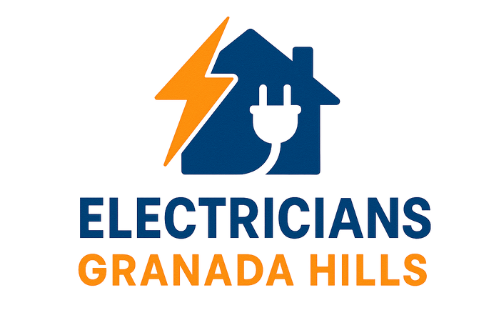⚡ Top 6 Electrical Problems in Older Homes
Older homes have charm, character, and timeless appeal—but beneath the surface, they can also come with outdated and dangerous electrical systems. As beautiful as they are, homes built decades ago weren’t designed for the tech-heavy lifestyles we live today. From flickering lights to overloaded panels, these hidden issues can pose serious safety risks. 🏚️💡 If you live in or are thinking about purchasing an older home, it’s crucial to understand the most common electrical problems you may face. Below, we break down the top six issues that plague aging properties—and what can be done to fix them.🔍 The Most Common Electrical Problems in Aging Homes
1. 🧯 Outdated Wiring Systems
Many homes built before the 1970s used aluminum wiring, knob-and-tube systems, or cloth-insulated wires. These older wiring types degrade over time and are no longer considered safe or compliant with today’s electrical codes. Knob-and-tube lacks grounding, which increases the risk of electric shock and fire. Cloth insulation becomes brittle, exposing bare wires. If your home has any of these, a full rewiring project is likely necessary.2. ⚠️ Insufficient Electrical Capacity
Decades ago, homeowners didn’t have to power TVs, gaming systems, air fryers, or EV chargers. Most older homes were designed with 60-100 amps of power, which is far below the 150-200 amps required today. An undersized electrical system leads to overloaded circuits, tripped breakers, and unreliable performance. If your breakers frequently trip or your lights dim when an appliance starts up, it may be time to upgrade your panel and service. 🔌3. 🔥 Faulty or Loose Electrical Connections
Over time, connections within outlets, switches, and junction boxes can become loose—especially in homes with aluminum wiring. This can cause arcing, which produces heat and increases the risk of electrical fires. If you notice buzzing outlets, flickering lights, or a burning smell, stop using the affected area immediately and call a licensed electrician for inspection.4. 💡 Lack of GFCI and AFCI Protection
Ground Fault Circuit Interrupters (GFCIs) are essential for preventing shocks in areas with moisture like bathrooms, kitchens, and garages. Likewise, Arc Fault Circuit Interrupters (AFCIs) help detect dangerous arc faults. Older homes typically lack these protective devices, putting occupants at higher risk. Modernizing the system to include GFCI and AFCI outlets significantly improves safety and is often required for code compliance.5. 🛠️ Two-Prong Outlets with No Grounding
Grounding is essential for directing electricity safely in the event of a fault. Many older homes still use two-prong outlets that do not have a ground wire. This not only increases the risk of shock but also limits your ability to safely plug in modern electronics. Replacing these outlets with grounded three-prong versions—and ensuring the system is grounded—should be a priority.6. 🚫 DIY Electrical Work from Previous Owners
Many older homes have a history of “creative” DIY fixes made by previous owners without proper training or permits. You might encounter improperly spliced wires, overcrowded junction boxes, or extension cords used as permanent wiring. These shortcuts are not just non-compliant—they’re dangerous. A full safety inspection by a licensed electrician will help uncover hidden hazards and plan corrections.Owning an older home is a rewarding experience, but it comes with a responsibility to maintain and modernize essential systems—especially the electrical one. Many of these issues may not be immediately visible but can quietly put your home and your family in harm’s way.
If your home was built before the 1980s and hasn’t been updated, chances are it could benefit from a professional electrical evaluation. Modernizing your wiring, upgrading your panel, and installing proper safety devices like GFCIs and AFCIs will bring your home up to today’s standards and give you peace of mind.
At Electrician Granada Hills, we specialize in diagnosing, upgrading, and rewiring older homes. Our team combines modern tools with deep expertise in legacy systems to safely transform your electrical infrastructure—without compromising your home’s historic charm. Whether you’re planning renovations or simply want to ensure everything behind your walls is safe, we’re here to help. Let us protect what matters most: your home, your comfort, and your family.
